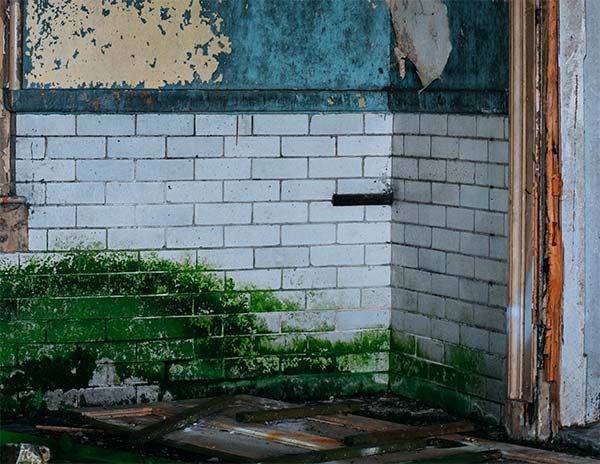5 ways to reduce condensation and damp this winter

Condensation and damp are extremely common in British homes and these problems usually get much worse during the winter months.
Due to increased rainfall, existing defects in your building are much more likely to allow penetrating damp. Also, higher levels or humidity will increase condensation in your home.
In this article we will be looking at 5 things you can do to protect your house from winter damp and condensation.
1 – Fix small defects to stop penetrating damp
Penetrating damp happens any time water enters your house from outside. This is very common because it can enter anywhere via a small defect. Water doesn’t need much of a gap to start penetrating your home.
Examples of easy to fix penetrating damp issues include things like:
- Repairing worn and damaged pointing.
- Replacing old, damaged sealant around doors and windows
- Re-applying worn and flaky exterior masonry paint
- Patching up and sealing cracked render
- Fixing damaged guttering and down pipes
Most of these jobs are quite easy to do. If you are someone who likes DIY, most can be done after a quick bit of research on Google and YouTube.
for more information on damp check out the Damp buster
If you’re not keen on doing the damp proofing work yourself, then these are all small jobs that won’t cost much for a local handyman to do.
2 – Try to avoid drying clothes indoors
Summer is great, you can hang your clothes out on the line, and they are dry within the day. However, its not as simple in winter, wet clothes won’t dry in cold temperatures and there is a good chance they will come in wetter than they went out due to rain.
Also, many types of clothing can’t be dried in a tumble dryer, as they will shrink.
The only option left is drying on airers and radiators around the home. The main problem with this is it provides the perfect conditions for condensation. Warm moist air is attracted to cold surfaces such as windows and condenses back into liquid water. This can lead to problems with damp and mould around your windows.
3 – Improve air circulation and ventilation
Condensation is by far the most common type of damp in Britain. Its very common in homes during winter, because there is poor ventilation and airflow. This happens because it is cold out and windows and doors remain closed.
Also, heating is turned up and this increases relative humidity in the air. Any moisture that is released by cooking, bathing and bodily function is transported in warm air to cold surfaces where it condenses.
Simply opening windows during cooking, baths and showers can have a big impact on your home’s relative humidity.
4 – Install extractor fans and use dehumidifiers
Opening the window to ventilate your home is all well and good, but it is cold in the UK winter months. Sometimes opening the windows is the last thing you want to do. A good thing to do here is to automate the extraction of moisture with fans and dehumidifiers.
Kitchen and bathroom fans can drastically reduce the condensation created in these rooms. Also using dehumidifiers around the home can help to capture additional moisture.
5 – Use a humidity monitor
A humidity monitor is an easy way to monitor the level of humidity in your home. They only cost around £20-£30 and can be placed on windowsills around your home. These handy little devices will tell you the exact level of humidity in the air at any given time and will alert you when this raises too high.
Conclusion
There are lots of little steps you can take to protect your home from damp and condensation. Many are easy and you can do them yourself. If in doubt you should always contact a local damp proofing professional. Just remember that damage from damp will be more expensive to fix the longer it is left untreated.